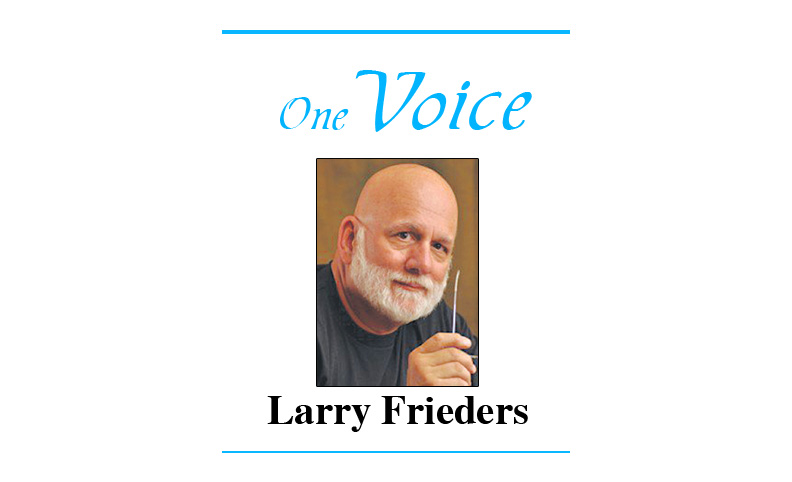
I read an article in a local newspaper that seemed to suggest that drinking tonic water helps relieve leg cramps. I did a little research and found two things, each the opposite of the other.
One side claims that daily small doses of tonic water can help relieve pain and cramping because of the quinine content. The other side declares that it is dangerous to take quinine because “Quinine is FDA-approved only for treating malaria and is sold with a warning against using it to treat leg cramps or muscle pain because it increases the risk of bleeding and heart rhythm disturbances.” No wiggle room. It might work and it’s too dangerous to try.
I searched and have not discovered a legitimate scientific study (Food and Drug Administration) FDA-approved or otherwise) that supports using tonic water for the treatment of anything, except for quenching thirst (i.e., gin and tonic).
Maybe the supporters of quinine tonic have been unduly influenced by unsupported anecdotal reports, that small amounts of quinine don’t actually do anything harmful and it might help some individuals. The naysayers, however, seem convinced that quinine is inherently dangerous and should be avoided.
Drug doses are important, though. Sometimes more is better, but not always. The tonic water dose is close to 20 milligrams and the amount commonly prescribed for treating malaria is in the neighborhood of 1,500 milligrams per day, more than 750 times more. One 10-ounce glass of tonic water, for example, is healthy. Seven-hundred-fifty glasses (7,500 ounces, more than 58 gallons) would probably kill you.
One drug that we compound quite often in our pharmacy, naltrexone hydrochloride, historically has been prescribed in doses of several hundred milligrams per day, as a supposed treatment for opioid addiction. It isn’t wildly popular today, but remains on the market.
Remarkably, though, tiny doses of naltrexone hydrochloride, around three milligrams per day, have been used to treat symptoms of many chronic diseases associated with inflammation: Multiple sclerosis, and arthritis, to name just a couple. Thousands of persons obtain relief from their tiny nightly dose of compounded naltrexone hydrochloride, referred to universally as Low Dose Naltrexone, or LDN. The FDA approves the use of higher doses of naltrexone hydrochloride for the indications associated with opioid addiction, but they are quiet about the idea of LDN. LDN side effects are practically nil.
Back to quinine. It has a long history of treating malaria, which is its only FDA-approved use, mostly because of the intense fear that surrounds it. Risks for serious side effects are more acceptable when the alternative is deadly, such as malaria, so quinine remains in use around the world.
Is a small daily dose of quinine, maybe 20 milligrams in a serving of tonic water, dangerous? Anything is possible, but it hasn’t been proven. Will it work to relieve pain and cramping? Maybe, but it hasn’t been proven.
Tonic water has been on the market for a long time and it bears no warning labels. As a beverage, it is obviously safe. If you suffer from painful leg cramping, you may want to enjoy a refreshing gin and tonic (without the gin) and see if you get relief. One person in the article mentioned above allows the tonic water to sit and “de-fizz” because the bubbles bother her.
Now comes the difficult part, the decision. Should a person try tonic water because 20 milligrams of it might provide relief or should the person avoid it because 1,500 milligrams of it is dangerous? After gathering information, each person is responsible for making the decision. Choice is personal and must not be replaced by compulsion from anyone else.
Maybe we could refer to a glass of tonic water as LDQ: Low Dose Quinnie?
Larry Frieders is a pharmacist in Aurora who had a book published, The Undruggist: Book One, A Tale of Modern Apothecary and Wellness. He can be reached at thecompounder.com/ask-larry or www.facebook.com/thecompounder.

